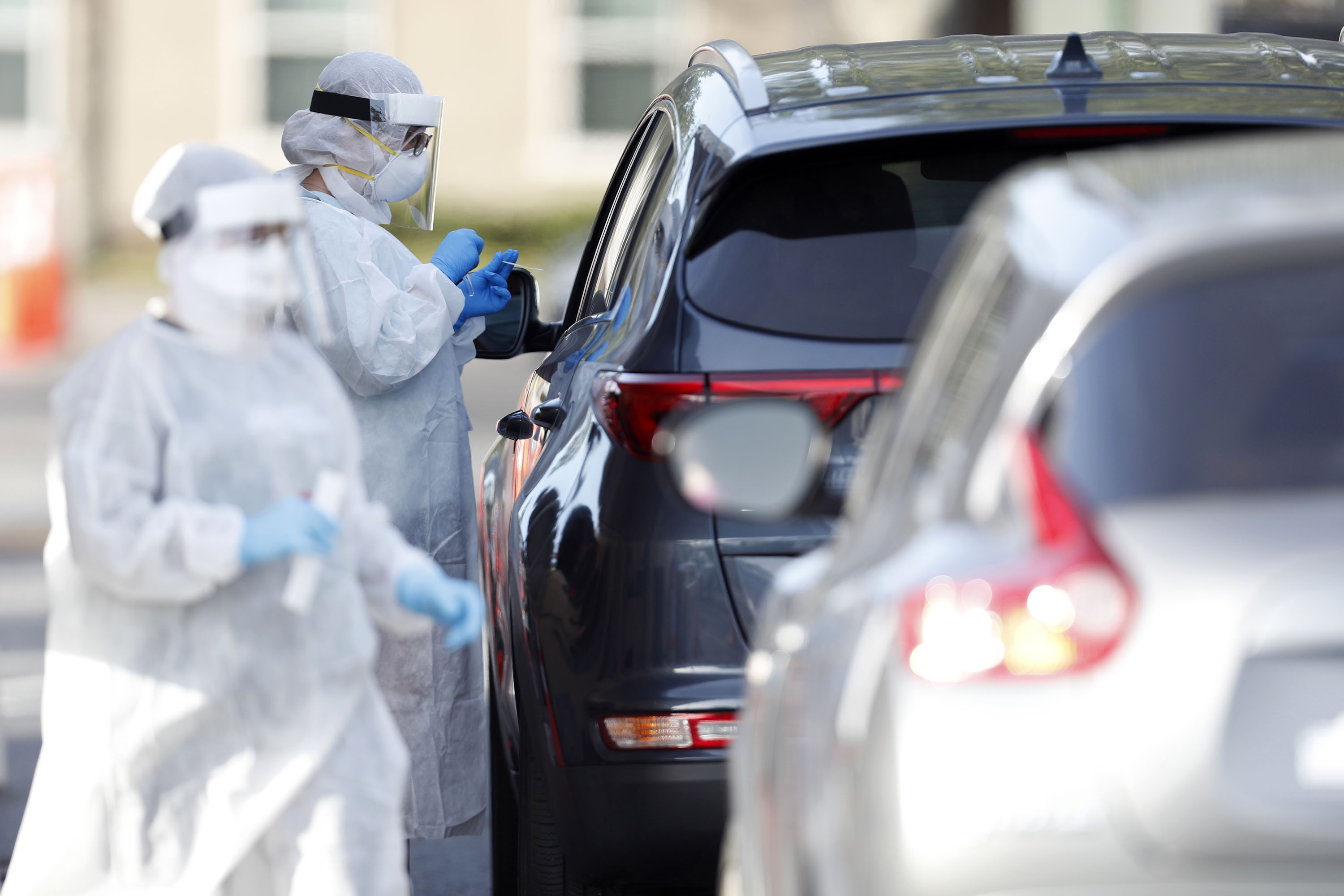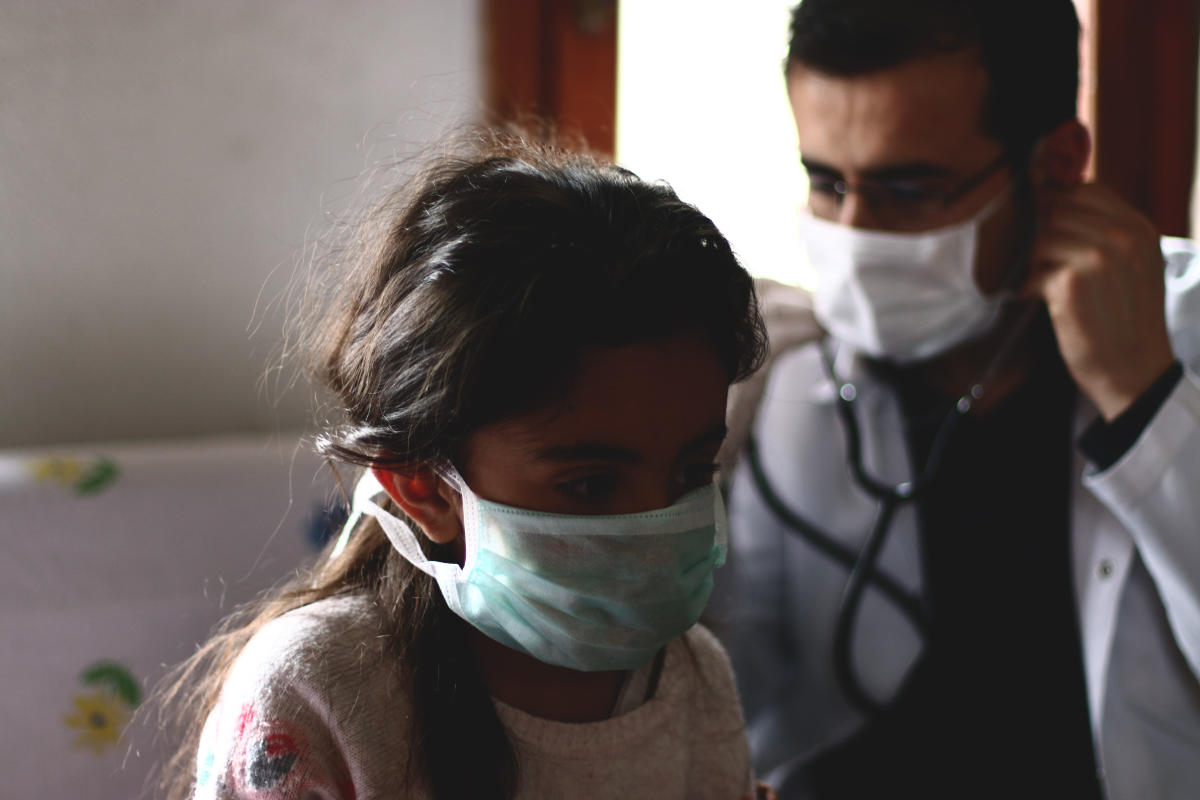At Pubmed, there is only one entry for chloroquine use in the suspected COVID-19 intermediate host, Chrysemys:
(1985) Chrysemys / Thyroid / Chloroquine

 www.ncbi.nlm.nih.gov
'....chloroquine or bacitracin inhibited the degradation activity.'
www.ncbi.nlm.nih.gov
'....chloroquine or bacitracin inhibited the degradation activity.'
(1985) Chrysemys / Thyroid / Chloroquine

Specific uptake, dissociation, and degradation of 125I-labeled insulin in isolated turtle (Chrysemys dorbigni) thyroid glands - PubMed
Thyroid glands from turtles (Chrysemys dorbigni) pretreated with potassium iodide were incubated with 125I-insulin in the presence or absence of unlabeled insulin, in order to study its specific uptake. At 24 degrees, the specific uptake reached a plateau at 180 min of incubation. The dose of...




